All About Chinese Loba Radish
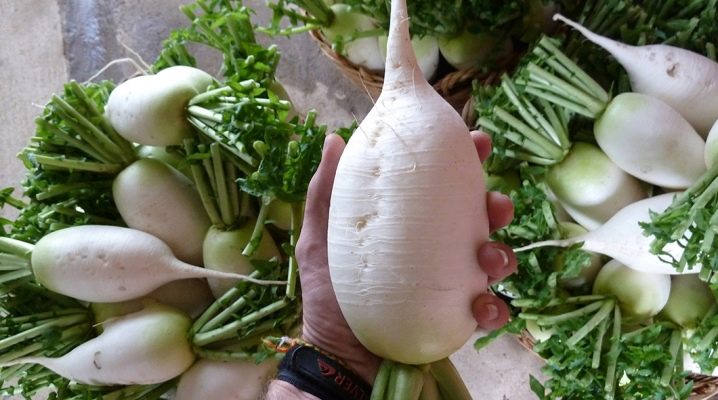
Chinese radish Loba is an indispensable product in the diet of every person. It contains a huge amount of nutrients, vitamins A, B, C, E, PP, as well as various macro- and microelements. Surprisingly, this useful product has recently become popular with gardeners.
Therefore, the purpose of this article is to tell about all the advantages of Chinese radish, its differences from other varieties, about the rules for growing and caring for it, to give detailed information, thanks to which any gardener can grow a rich and healthy crop.
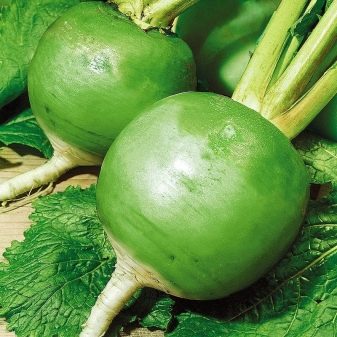

general description
The Chinese Loba radish is popular in Asian countries such as China and Japan. The arrangement of leaves in this plant has the form of a raised rosette, reaching a height of 0.5-0.6 m. Most often, the leaf blades are weakly dissected, whole, and not lyre-shaped. The very shape of the roots varies from round to oblong-cylindrical. Ripe fruit reaches a weight of 0.5-1 kg.

The color of the peel and flesh is white, raspberry, pink and green. During the spring sowing phase, the Chinese radish throws out flower stalks, which makes these roots inedible, unlike the Japanese daikon, in which they are suitable for consumption. Ripe fruits Lobs are spicy-sweet, according to their taste characteristics, they are located between European radish and daikon.
There are also differences in shelf life: Chinese radish stays worse in winter than European varieties, but better than Japanese daikon.
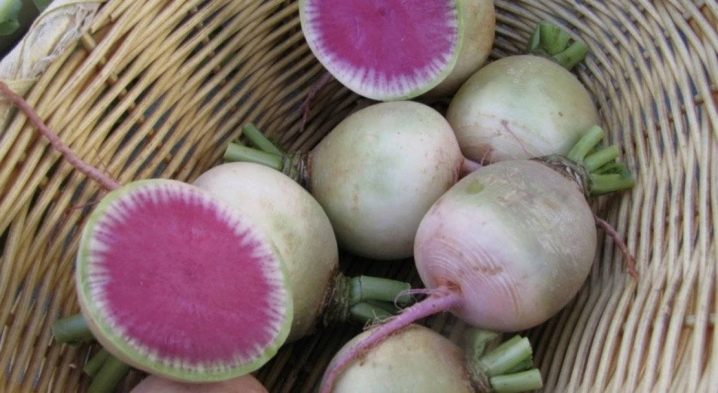
Overview of varieties
Some of the more popular varieties of Chinese radish are "Margelanskaya", "Fang of an elephant", "Red mit", red and green. Their main distinguishing characteristics are presented in the table.
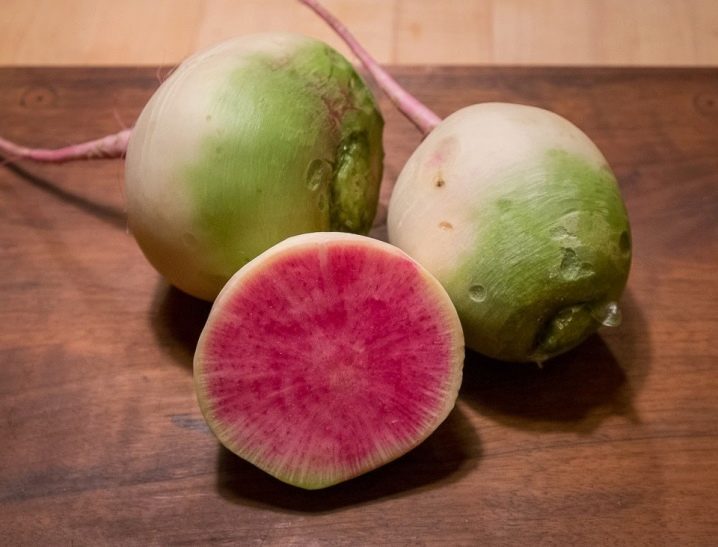
The main characteristics of varieties of Chinese radish Loba
|
Variety |
"Margelanskaya" |
"Fang of an elephant" |
"Red mit" |
Red |
Green |
|
Appearance of root crops |
Length - 16-20 cm. Round / oval / elongated. Skin color is white or green, with a red / purple tint (depending on the subspecies). The color of the flesh is white with a greenish tinge. |
The shape is elongated, cylindrical, the surface is smooth. Length - up to 20 cm, diameter - 8-9 cm. The color is white, the top is usually greenish. The pulp is white. |
The shape is round, the skin color is pale green. The pulp is quite dense, the color is rich scarlet, with a pinkish tinge |
The shape is round or elongated, the surface is smooth. Outside, the flesh is red, inside it is white. |
The shape is round or elongated. The color of the peel and flesh is various shades of green. |
|
Boarding time |
Early May (for summer harvest) or early July (for winter harvest) |
Mid july |
March-July |
1st decade of July |
2nd decade of July |
|
Ripe fruit weight |
Up to 0.5 kg |
0.4-0.5 kg |
700 g |
200-300 g |
from 200 g |
|
Yield |
About 6 kg from 1 m2 |
3-4 kg from 1 m2 |
High |
High |
3-5 kg from 1 m2 |
|
Taste |
Slightly spicy |
Juicy, slightly bitter |
Sugar, no bitterness |
Not very spicy |
Soft, with a slight bitterness |
|
Ripening period |
Summer harvest - 8-10 weeks, autumn-winter - 10-15 weeks |
10-12 weeks |
10-12 weeks |
8-11 weeks |
8-11 weeks |
Landing
It should be noted that all varieties of Loba are frost-resistant and suitable for growing in the open field. It is better to plant Chinese radish in fertile soil with a neutral pH level, enriched with organic fertilizers after crops such as legumes and winter crops, as well as after cucumbers, tomatoes, onions and early potatoes.
For planting Loba, the land should be prepared in the fall: dig it to the depth of the arable layer, fertilize with humus or compost at the rate of 5-7 kg / m2 or superphosphate and ammonium nitrate - 30-40 g / m2 and 25-30 g / m2, respectively (if the content acid in the soil is too high, you need to add hydrated lime). In the spring, the earth must be dug up again, and on the eve of sowing it must be deeply loosened and moistened. The optimum temperature for sowing is 18-20 degrees, but Loba can germinate at 4 degrees of heat.
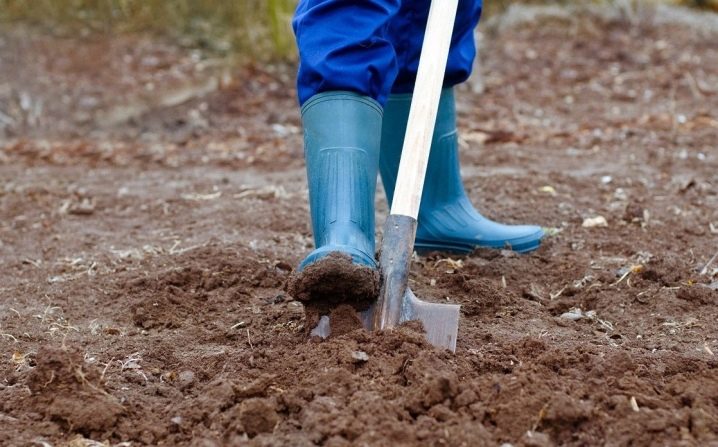
To achieve a bountiful harvest of large root crops, Chinese radish should be planted on narrow-profile ridges, rather than in areas with a flat surface. If the Loba seeds are planted in rows, then the distance between them should be 40-45 cm, and if they are sown in a belt way, then the sowing will be 2-3 lines.
The seeding depth is 150-200 mm, seedlings appear in 3-6 days. To speed up the process, the surface of the beds is mulched and covered with a film.
Seedlings are thinned out twice: the first time - after the appearance of 2 true leaves, the second time - after the appearance of 3-4 true leaves. Thinning must be done carefully so as not to damage the fragile roots. Seedlings are transplanted with a lump of native soil into moist soil.
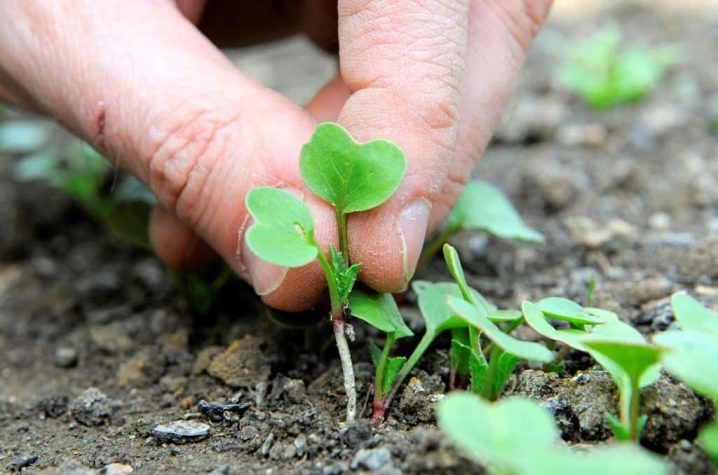
There are two options for planting Chinese radish:
- early - growing an annual plant;
- late summer - growing a two-year-old plant.
The period from the moment of germination to ripening is on average 60-90 days, and from the moment of germination to receipt of seeds - 120-130 days. Chinese radish, depending on the variety, can be sown in 2 terms. To get a harvest in the summer-autumn period, seeds are sown in the 20th of April. If you want to preserve the harvest for the winter, then you need to sow from June 20 to July 10.
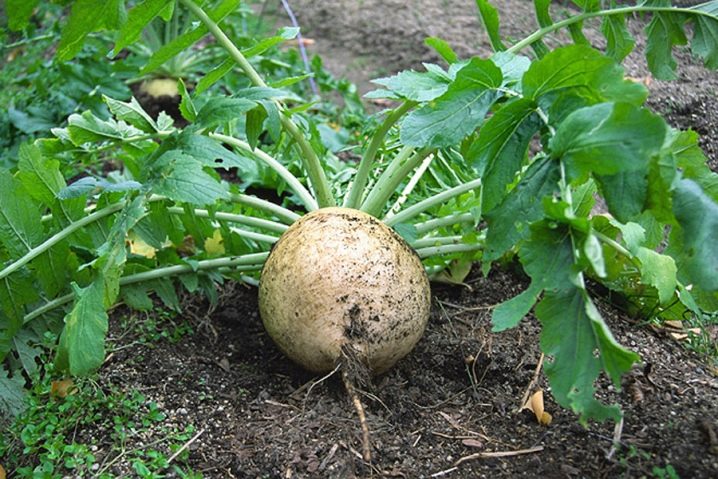
Care
When caring for Loba radish, it is important to maintain a water balance: if the soil is not moist enough, then the roots will grow rough and dry, and if there is too much fertilizer and watering, then the fruits will crack. The maximum water consumption by this plant occurs during the period of intensive fruit growth. In general, the soil should be constantly moist.
For Chinese radish, hilling will be an important point. Thanks to him, roots develop faster, and moisture in the soil is retained better. In addition, the stems after hilling are less inclined to the ground. It is recommended to carry out this procedure after irrigation or natural precipitation, after a couple of days. Hilling can be done manually or using special devices.
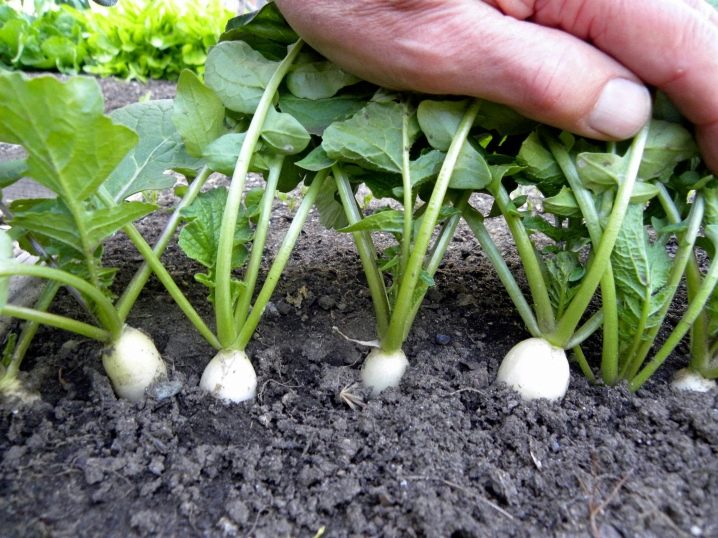
Also, do not forget about fertilizing the soil. At the moment when the root crop reaches 4-5 cm in diameter, the necessary fertilizing should be added:
- for early varieties - 1-2 times;
- for late varieties - 3-4 times with a time interval of 10-12 days.
For the first feeding, fertilizers containing nitrogen are usually used. For a 10-liter bucket of water, approximately 20 grams of such fertilizers are taken. For subsequent dressings, it is recommended to take potassium, as well as superphosphate. They will allow you to get sweeter and stronger roots.
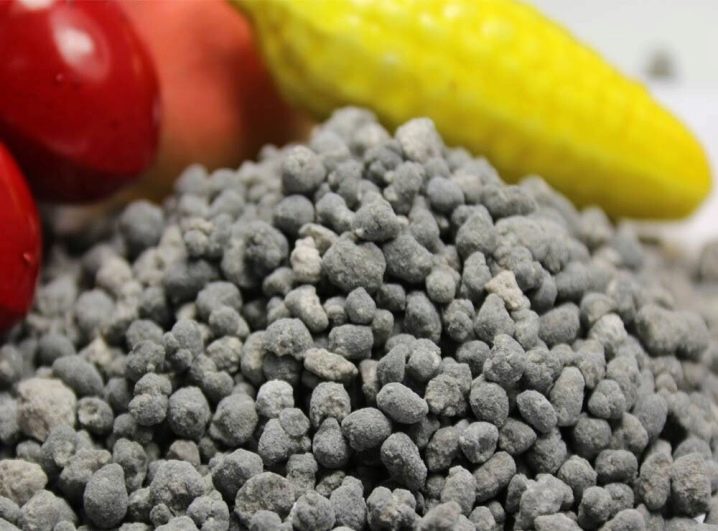
The forehead loves light, so crops need to be thinned regularly, weeds and dried, yellowed leaves must be removed. You should also loosen the aisles after each rain or watering.
Diseases and pests
When the first shoots appear, in order to prevent diseases, it is necessary to fertilize the area with tobacco dust, ash, and also tincture of wormwood.
To protect root crops from pests, you should use the following products:
- solution "Aktellik" or "Confidor" (on leaves) - against slugs and cabbage leaf beetles;
- solution of "Aktara" and liquid soap (in the soil and on the leaves) - against fleas and aphids.

Harvesting and storage of crops
Harvesting of Chinese radish must be carried out before the onset of frost: early varieties (as they ripen) - in dry warm weather, winter varieties - in any. It is recommended not to cut the tops of root crops stored for long-term storage, but to twist and cut them off (a petiole of about 15-20 mm should remain). After that, the fruits must be placed in a basement or in any other place with a temperature of 2 to 5 degrees Celsius together with carrots (there should be a layer of wet sand between them) or in a plastic bag. In such conditions, the radish can be stored until spring, without losing its usefulness, as well as external and taste qualities.
Thus, growing Chinese radish will not be difficult even for a beginner. It is only important to follow the basic recommendations so that the harvest is tasty and healthy.
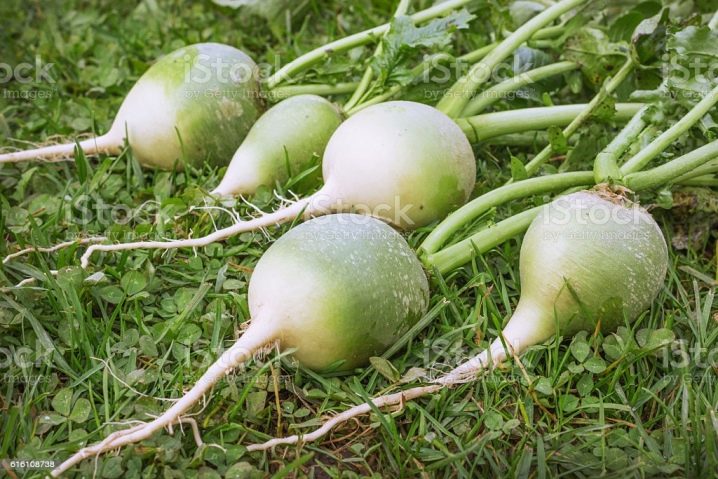













The comment was sent successfully.